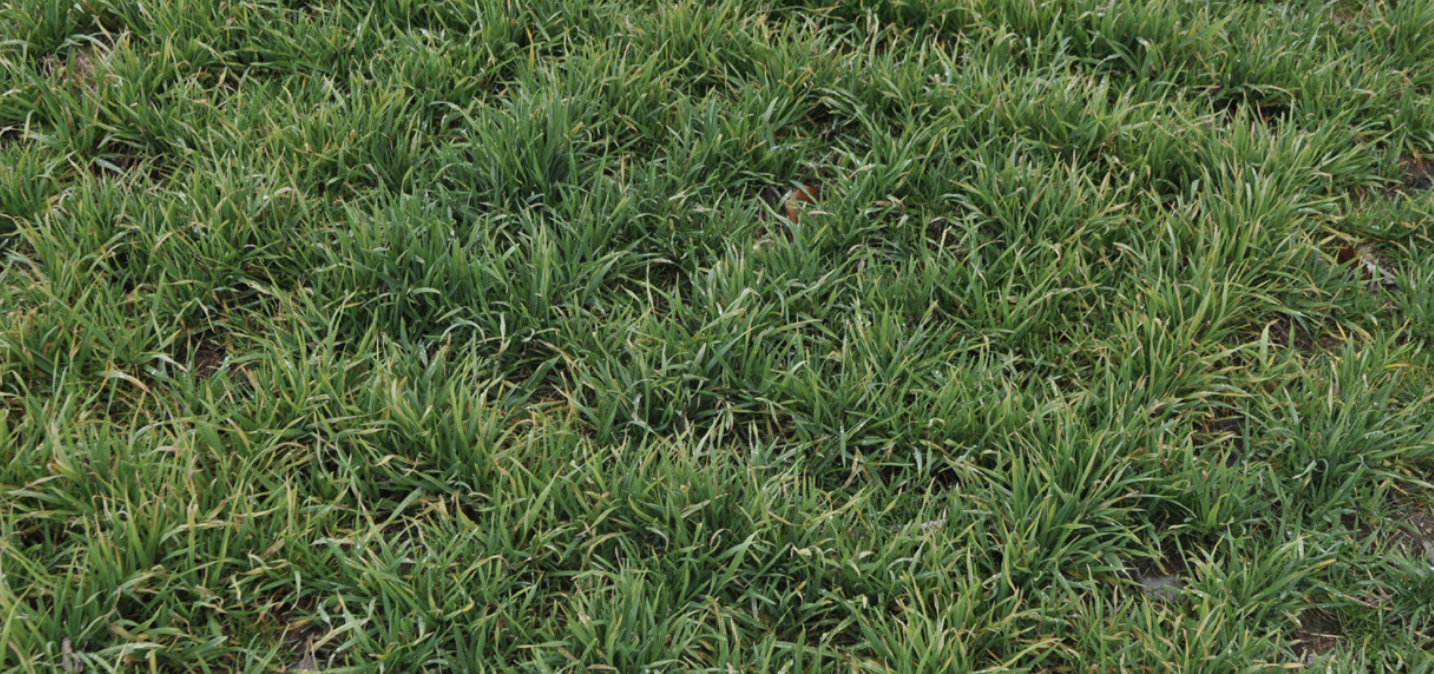Complete pasture renovation
When most of us think about pasture renovation, we think of overseeding with desirable grasses like orchardgrass and Kentucky bluegrass.

We’ve learned after many years of giving advice on pasture renovation that the easy solution is often not the best solution. When your pasture has major issues, including broadleaf weeds, a high percentage of toxic fescue, unpalatable species like nimblewill, etc., then the best solution may be a complete replacement of the stand.
We know that a complete reseeding is time consuming and expensive, but we have seen many farms drill in more seed year after year, apply multiple applications of herbicides and then still not have the pasture stand they desire. On the other hand, horse farm owners and managers who have “bit the bullet” and started over have consistently had excellent stands after the process was completed.
If you think that some of your pastures are candidates for complete renovation this fall, here are the basic steps that have proven successful for many Kentucky horse farms as well as horse farms throughout the Southeastern U.S.
- Lime and fertilize to soil test recommendations.
- Make sure that toxic fescue has not gone to seed this summer (the toxic seed will germinate in the fall and recontaminate the stand). This is done by haying, hard grazing or bushhogging in late May/ early June.
- Stop grazing in early July and allow 5 to 6 inches of regrowth.
- Spray with glyphosate 4-6 weeks before planting – mid to late-July.
- Allow weeds and toxic tall fescue that survived the first spray to regrow.
- Re-spray glyphosate before planting – late August to early September.
- In early to mid-September, just after last glyphosate spray, plant a mixture of orchardgrass and Kentucky bluegrass or other perennial grass species using a no-till seed drill. More and more farms are planting novel endophyte tall fescue varieties because they show good survival but do not produce toxins like KY-31.
- Seed at 25 to 35 lbs/acre and no deeper that ¼ to ½ inch deep. A typical mixture in central and northern Kentucky is 15 lbs/acre orchardgrass, 15 lbs/acre Kentucky bluegrass and 5 lbs/acre of perennial ryegrass. Or 25 to 30 lbs/acre of novel endophyte seeded alone.
- To achieve better ground cover, set the drill at half seeding rate and go over the field twice, the second pass perpendicular to the first.
- Apply a low rate of nitrogen at seeding or in October to enhance stand establishment (40-50 lbs/N/ acre-this equals 90 to 110 lbs/acre of urea).
- If broadleaf weeds become an issue, wait until new grass seedlings reach the four leaf stage (4-6 inches) before spraying, typically late October when there is adequate rainfall.
- Allow good sod development before grazing. Be patient and wait for the stand to develop.
- If you must graze, wait until plants are 8 inches tall and flash graze (use more horses than normal per acre for only a few days).
- Ideally, let your first use of the stand the following spring be light grazing or a hay harvest. Overgrazing can destroy a newly seeded stand.
It can take six months to a year before the new stand has fully established and has a thick sod, but then you will have a productive pasture for many years to come.
While there is no guarantee, this formula has proven successful again and again. Next month we will discuss selecting varieties and seed mixtures.
More information here.
Krista Lea, MS, coordinator, UK’s Horse Pasture Evaluation Program, and Ray Smith, PhD, extension professor, UK’s Department of Plant and Soil Sciences, provided this information.
